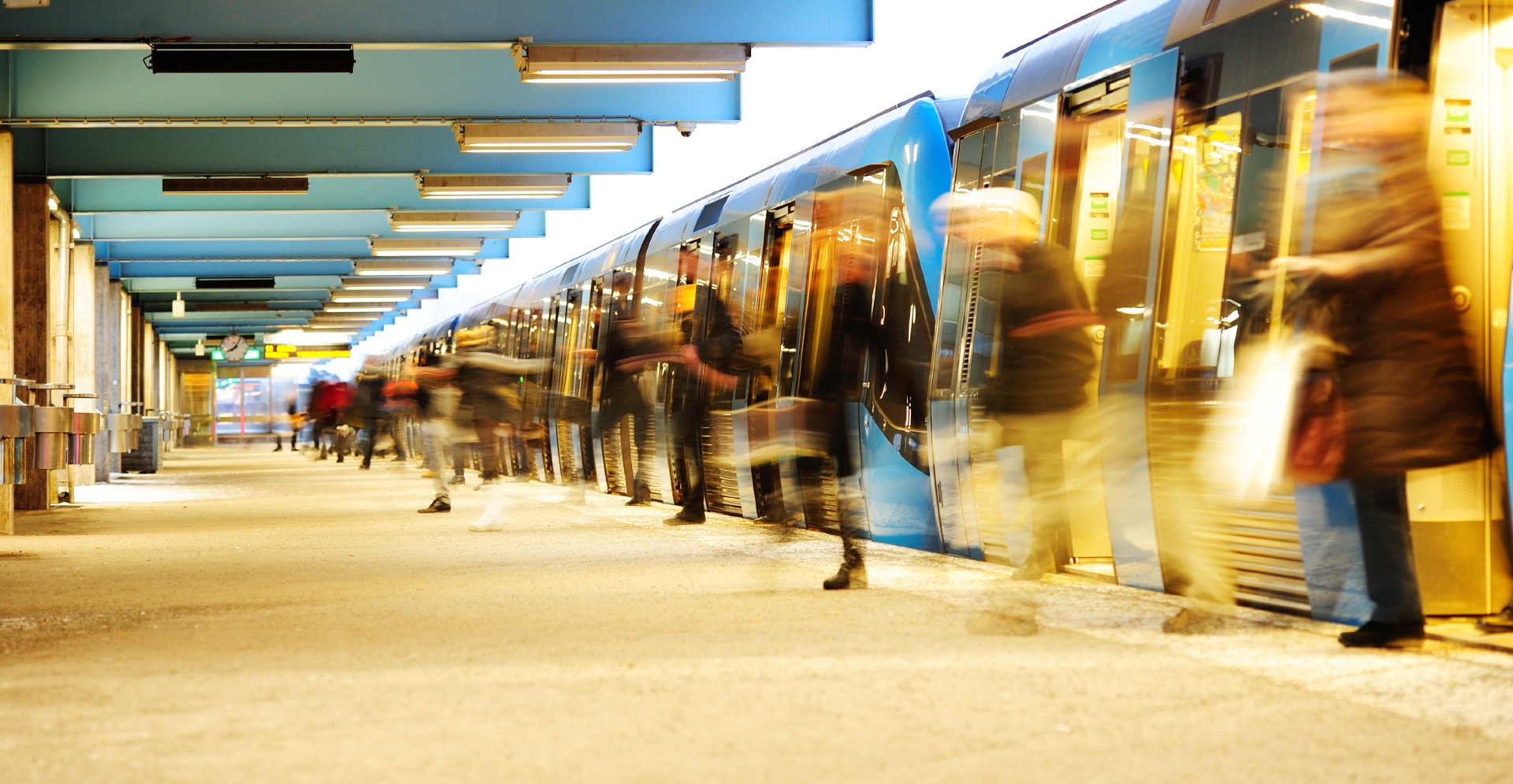The investment needed for these Smart City transit projects is huge, requiring new ways to tap private sector involvement from concept to completion.
Smart Cities are the latest buzzword, promising to disrupt everything we’ve taken for granted in urban life.
But how we actually plan, design and pay for such high tech city life is the critical question.
The Smart City promise is a glittering one. Embedded communication and ‘internet of things’ technologies in buildings, roads and public transport could generate huge efficiencies and savings by harvesting and acting on real time data to boost infrastructure efficiency and access to critical services.
Everything from traffic management, infrastructure maintenance, transit timetabling, energy efficiency and passenger mobility could all improve once we can digitally tap and integrate urban infrastructure and IT systems.
Getting there still faces immense challenges and costs, but at least we’ve started. Across the country massive new transit projects are underway with a new focus on creating high tech mobility hubs integrated with surrounding commercial and residential communities-and with Government able to leverage their investment to create greater public benefit and efficiencies.
Such disruption means we can no longer do business as usual. The investment needed for these Smart City transit projects is huge, requiring new ways to tap private sector involvement from concept to completion. New ‘performance-based procurement’ models mirror efforts to deliver innovative value capture by encouraging private companies to pay for and even operate crucial Smart City infrastructure.
State and city governments are only just coming to grips with this new reality however, with only a handful starting to ask the right questions, engage with the private sector or create detailed Smart City strategies.
Our approach to this was to develop an index to assess the performance of Mobility Oriented Developments-or MODe-demonstrating an untapped opportunity to link transit investment to both value capture and innovative delivery of smart infrastructure at an unprecedented scale. For example, our analysis of Sydney’s Chatswood Station found that it topped the urban development ranking due to its high density surrounding built environment. This density, created predominantly from the number of tall buildings, makes it a vibrant and engaging social area with the right balance of mixed-used facilities available to citizens.
Australia has the opportunity to tap into this opportunity but it must be done quickly or the opportunity could slip away.



